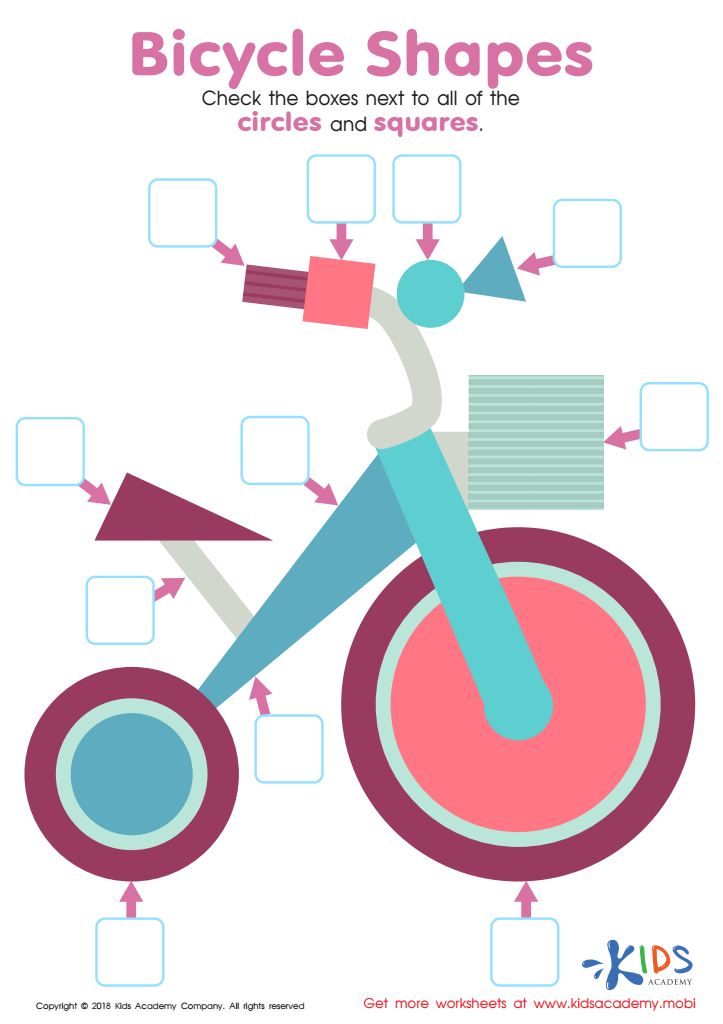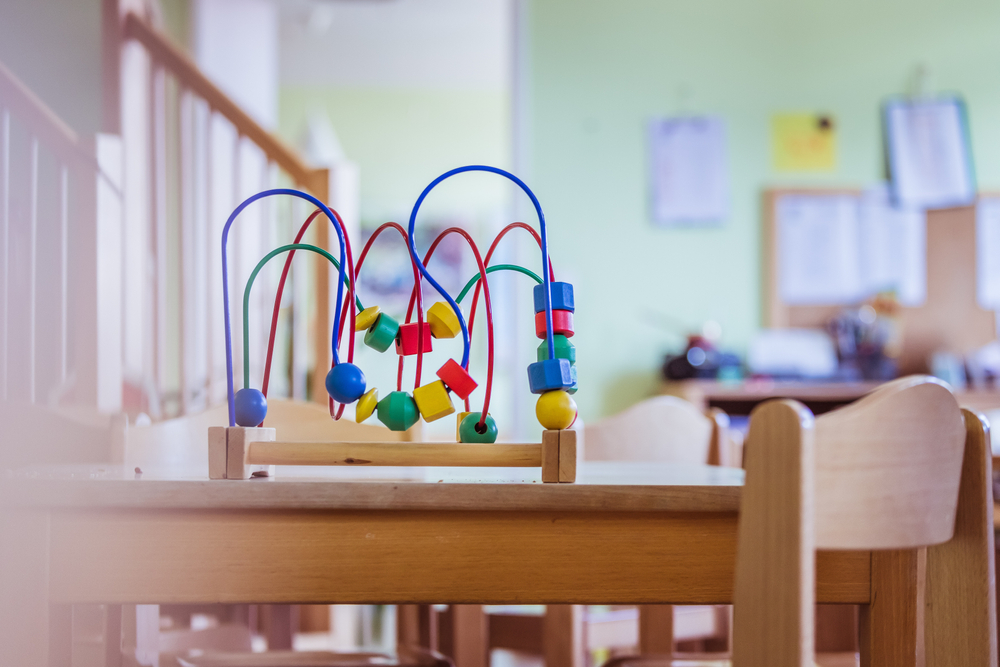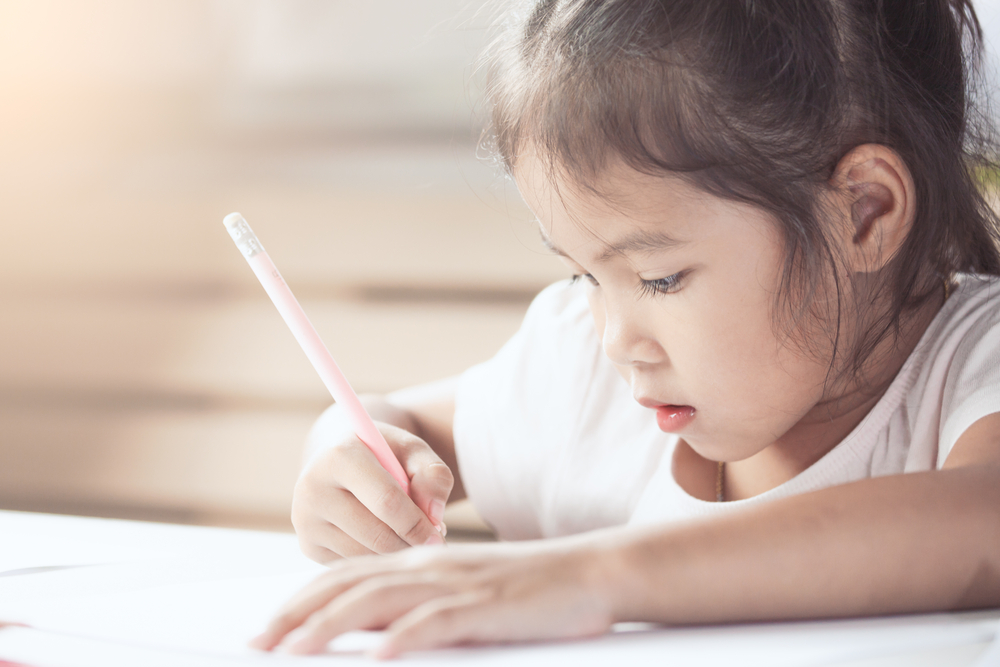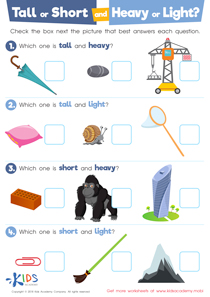Shape identification Easy Kindergarten Math Worksheets
3 filtered results
-
From - To
Discover the fun of shape identification with our Easy Kindergarten Math Worksheets! Perfect for young learners, these engaging worksheets are designed to help children recognize and name shapes while enhancing their fine motor skills. With colorful visuals and simple exercises, kids will explore various shapes like circles, squares, triangles, and more in a playful and educational way. These resources are ideal for classroom use or at home, making learning accessible and enjoyable. Foster a love for math early on—download our shape identification worksheets today and watch your child's confidence and skills grow! Suitable for kindergarteners of all learning levels.


Number 2 Printable


Bicycle Shapes Worksheet
Shape identification is a fundamental aspect of early childhood mathematics that holds significant importance for both parents and teachers. First and foremost, understanding shapes helps young children develop spatial awareness—an essential skill that influences their ability to navigate and interact with the world around them. Recognizing various shapes like circles, squares, and triangles not only lays the groundwork for more advanced mathematical concepts, such as geometry and measurement, but also enhances critical thinking and problem-solving skills.
Additionally, shape identification fosters cognitive development. As children categorize and analyze shapes, they learn to classify objects based on similarities and differences, which aids in their overall cognitive growth. This foundational skill is linked to their ability to recognize patterns, an essential concept in math and science.
Moreover, engaging in shape recognition activities provides opportunities for parents and teachers to reinforce language skills, as children learn to verbalize and describe shapes, expanding their vocabulary. Finally, incorporating shape identification into everyday routines—such as cooking, outdoor play, or arts and crafts—creates a fun and interactive way for children to connect their learning to real-life experiences. Thus, emphasizing shape identification nurtures a well-rounded educational foundation for young learners.

 Assign to My Students
Assign to My Students







.jpg)













